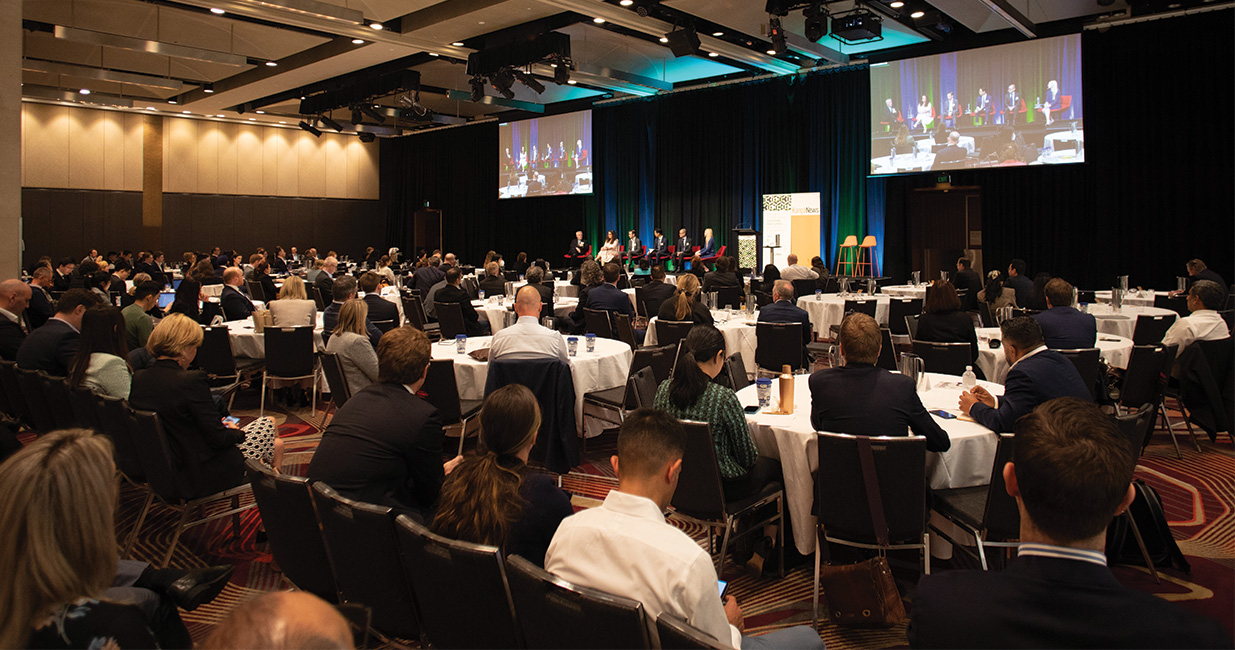
Transition the key in sustainable finance
Transition to a more sustainable economy is increasingly driving investment and business decisions. While climate has been a key focus, market participants are now moving to add natural capital to their calculations and pressing ahead with more socially focused projects, according to speakers at the KangaNews Sustainable Debt Summit, which took place in Sydney in late May.
“There is some overlap between ESG and responsible investment, but there is a subtle difference. ESG is more about risk integration and a source of alpha when making investment decisions. Responsible investment is more about notions of stakeholder capital, shareholder engagement and really pushing the companies we invest in to abide by our values.”
There is an assumption, particularly in agriculture and food production, that nature is an abundant resource. Accounting and stress testing that asset – whether it be soil, pastures, crops or forestry – and thinking about how we value it in a warming world is becoming incredibly important. Nature and natural capital are emerging rapidly as financial assets.
There is an assumption, particularly in agriculture and food production, that nature is an abundant resource. Accounting and stress testing that asset – whether it be soil, pastures, crops or forestry – and thinking about how we value it in a warming world is becoming incredibly important. Nature and natural capital are emerging rapidly as financial assets.
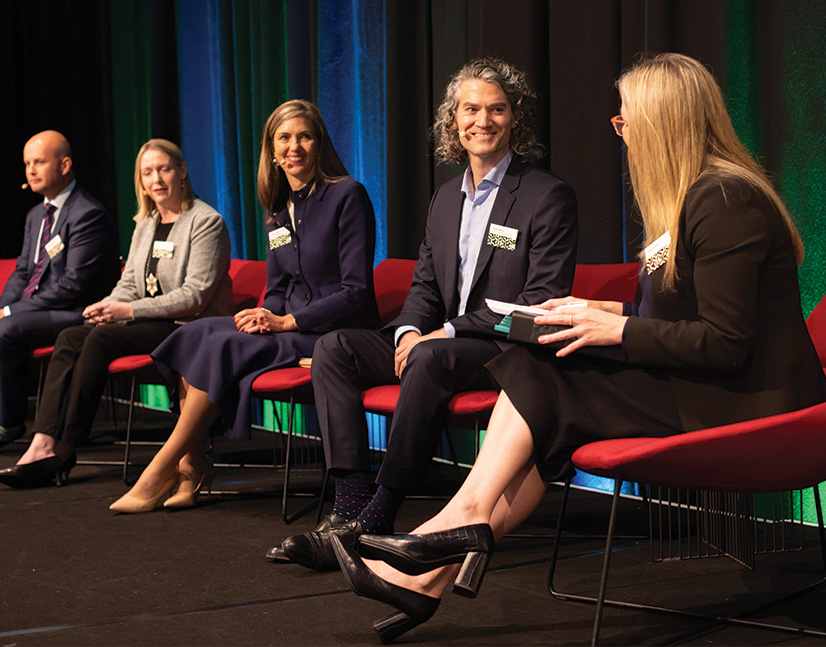
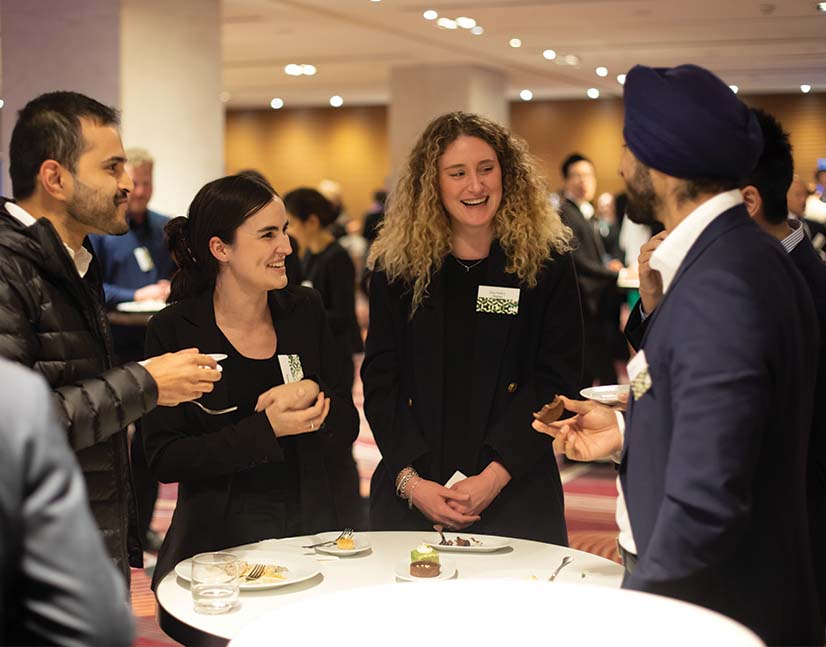
“With the evolution of ESG and sustainable investing, there has been a deeper and more nuanced integration of these into our investment processes. As investors, we find ourselves facing questions that are not black and white. When unprecedented global challenges arise, we find ourselves looking at the ESG implications through shades of grey.”
The new kid on the block is impact. We call this the third lens on the same set of ESG issues. Impact is asking not just whether we are fulfilling our responsibility but if we are contributing to solutions. Are our products and services likely to lift the dial on the big sustainability challenges the world is facing? This is where we spend a lot of our time, especially with our fixed-income products.
“The metrics and data we use are typically aligned with TCFD-style disclosures. Weighted average carbon intensity is the most widely used alongside the carbon benchmark. But the data we use are backward-looking. We think the forward-looking actions of companies better measure climate transition.
This is not represented in the blunt carbon metrics we have to work with now.”
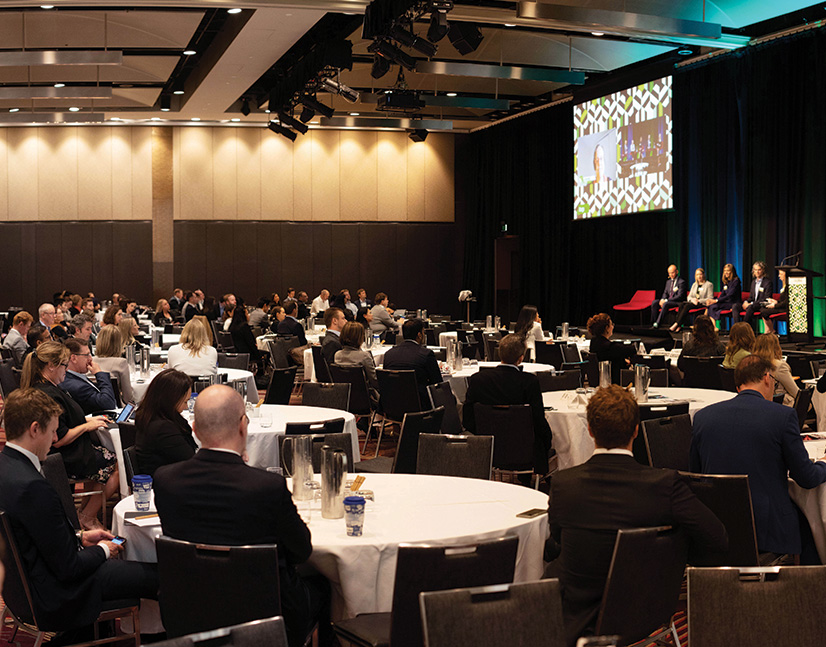
“We believe natural capital will evolve within the sustainable finance market. Businesses must build resilience to their climate risk exposure, whether it is operational or through the supply chain, and sustainable finance has a role to play by giving companies and governments access to capital to fund transition.”
“As government bond investors, we do not have the ability to divest. If we are managing money for an insurance company, it might have to hold government bonds for regulatory capital purposes, for instance. This creates a challenge whereby we can’t employ the carrot-and-stick approach that works so well in equity and corporate bond markets. It means we are more reliant on liaising with government.”
“An investor’s ability to engage or influence an authoritarian regime is nonexistent. It is often difficult for companies in authoritarian regimes to influence their government. But PRI guidance notes there are governance risks we can think about when considering investments. These are the conversations we should be having with our clients when we are looking at investments in countries that might not respect territorial integrity or human rights.”
“Taxonomy legislation is a set of rules that should empower capital markets and investors to drive improvement in the economy. In this context, we also need entities and institutions that are both policy instruments and capital market participants to operationalise the legislation on the ground. This is not a theoretical exercise.”
To me, taxonomy means finding a way for capital markets to work better and to function in a more efficient way in the service of sustainability. Only if we apply a common set of definitions along the investment chain will we create the conditions for markets to provide an additional service – which is clarifying where capital is best deployed.
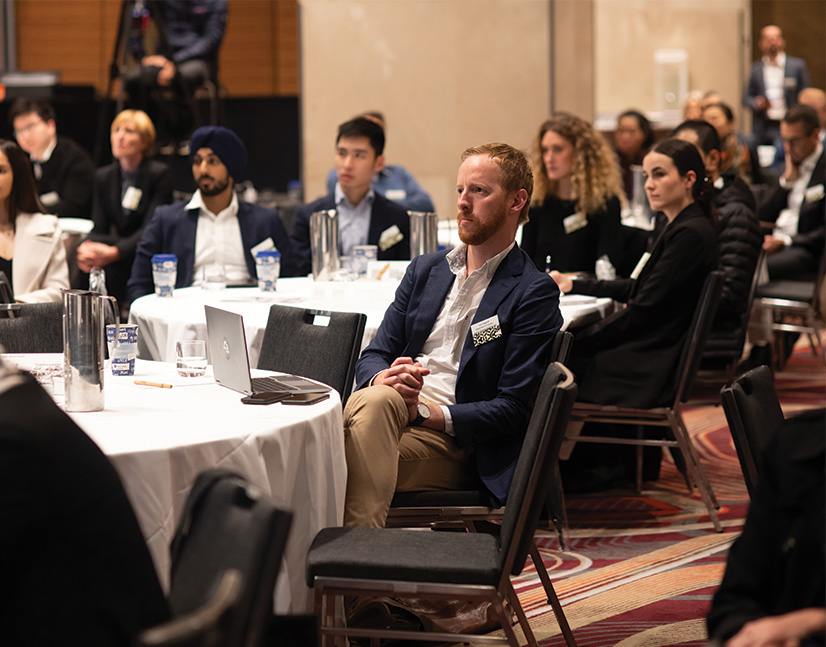
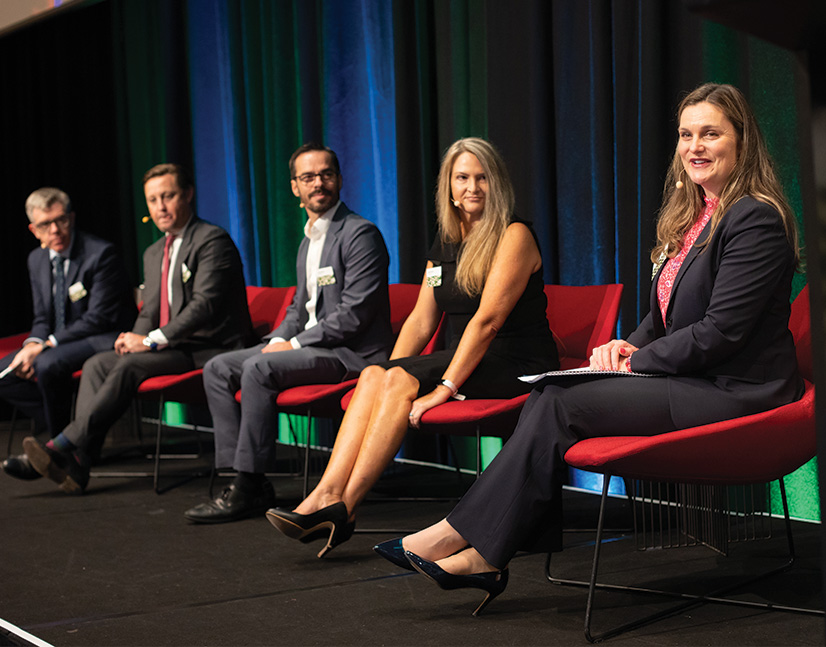
“The sustainable finance industry is very clear that we need to use the taxonomy to identify, rigorously and credibly, which activities are aligned with the transition to net zero by 2050. This will require sector-specific transition pathways and then over time the economic activities that fit within those.”
“We need to speed up clean technology adoption and transition. In Europe, an estimated €3.4 trillion of private and public investment will go into green-energy infrastructure between 2021 and 2030. We need active, collaborative partnerships with the investor community and tenant customers in Australia to continue to drive abatement across the sector.”
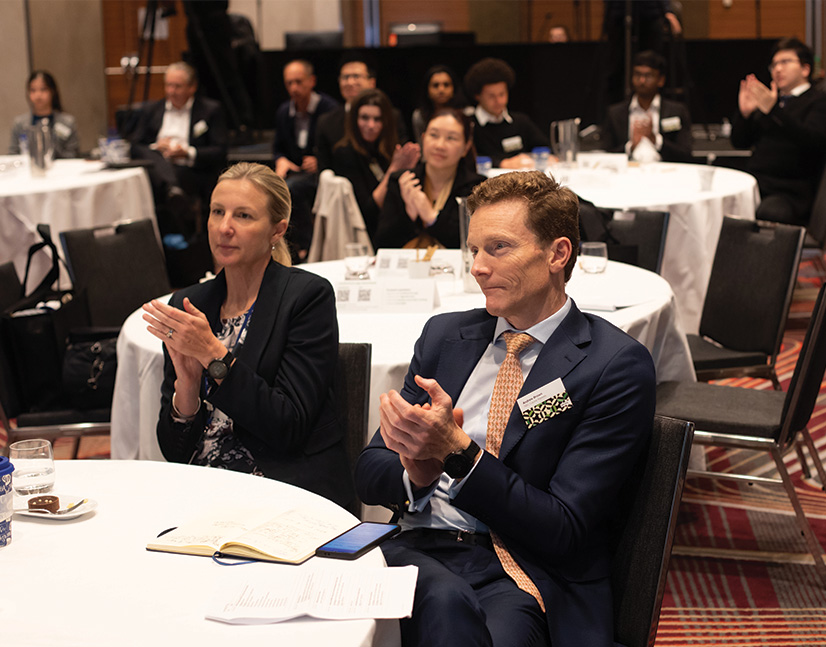
“Wind and solar are still the cheapest form of supply, particularly here in Australia. In the years ahead, the gap between the cost of new renewables and of new coal and gas will continue to widen. In fact, we expect renewables will get so cheap in the years ahead that they will begin to undercut the cost of operating coal and gas assets in most markets around the world.”
“Right now, we are on a data gathering process to understand our supply chain in minute detail – to understand what the barriers are to renewable energy and transitioning low-carbon steel, cement and asphalt. The process is getting into the nitty gritty, mapping that back to our strategy and knowing what
levers we need to pull to hit our targets.”
“The ASEAN taxonomy for sustainable finance has many of the same features and processes that our local
taxonomy will go through but includes a different mixture of goals with its focus on development and transition. The expectation and hope is that the taxonomy can set a pathway for the achievement of development goals, and individual nationally-determined contributions and targets.”
“Having access to a sustainability-linked instrument should encourage companies to go beyond business as usual – it needs to support the company’s ambition. However, with the rapid rise of issuances of sustainability-linked and use-of-proceeds instruments, it is getting more difficult for market participants to distinguish the quality of transactions. Availability of comparisons helps issuers and investors make a distinction.”
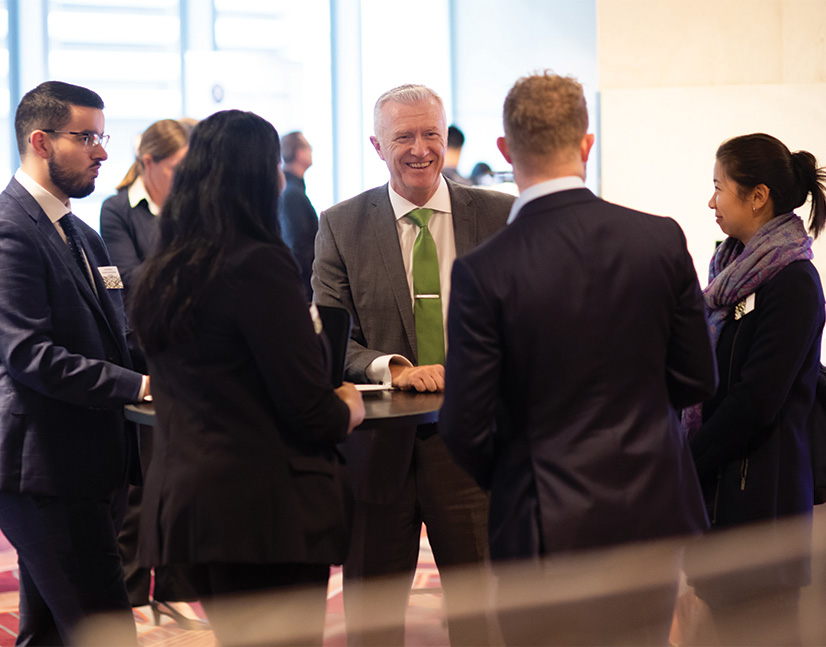
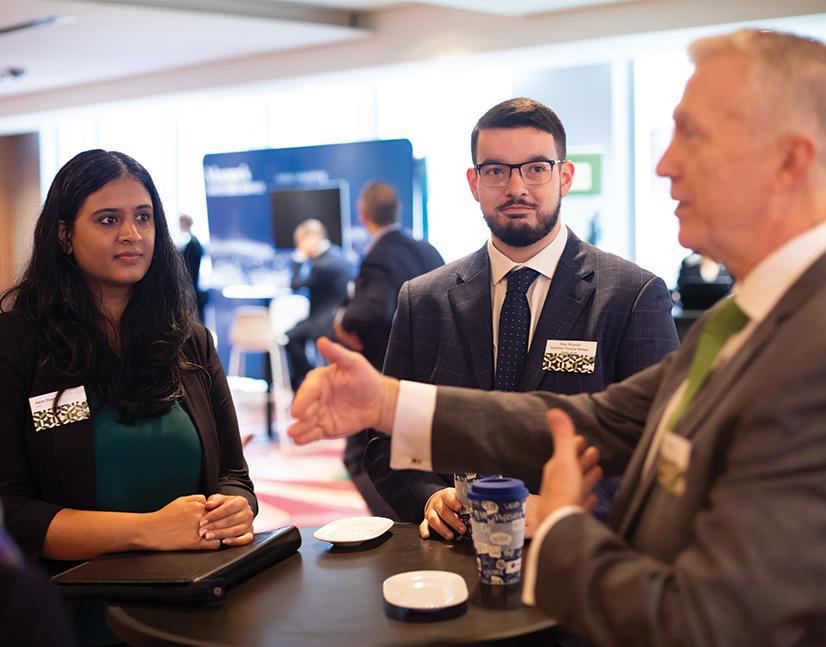
“KPIs in the area of human rights or business ethics are not measurable in the same way emissions reductions are. It is important to think about this and ensure borrowers set KPIs that are ambitious but realistic, clear and measurable, and that they have the data – ideally historical data – to support them.”
“The key thing we tease out is the ability to have impact as a debt capital provider. We are often seen as poor cousins to voting shareholders, but this is a way to tangibly connect debt capital provision with forward-looking impact. A key tenet of the SLB principles is on a firm-wide basis. Rather than providing financing potentially for a small part of the asset base, this is about alignment of impact objectives at a firm-wide level.”
“Some of the banks felt strongly that we should have more than one target in our SLB, but we believe the targets should suit the circumstances of each borrower. We have a clear strategy and an ambitious emissions reduction target to achieve absolute zero emissions by 2040. We think this is what motivates behaviour and will have the most impact across our organisation.”
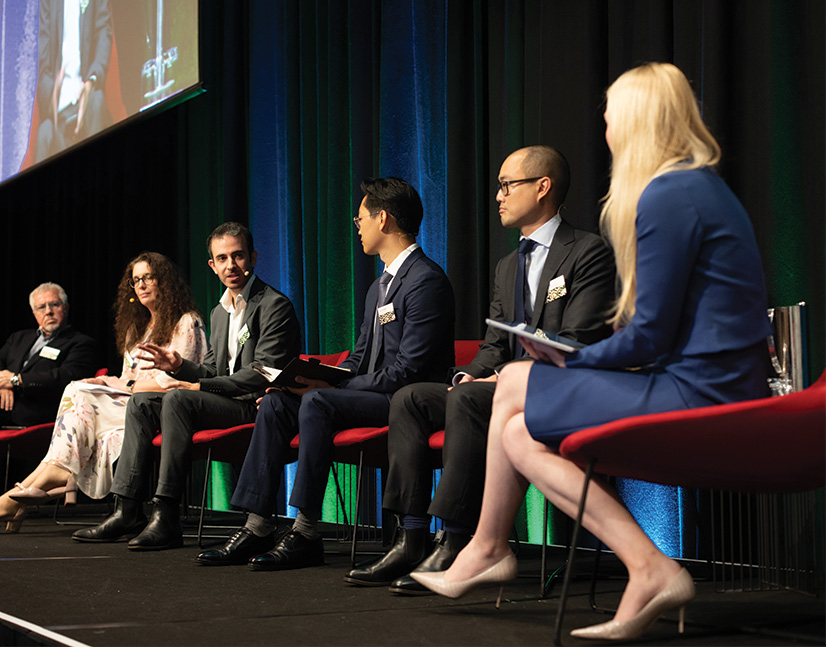
“In the SLB market, there is a definite onus on the issuer publicly to report its performance against SPTs and the verification findings post-issuance. In the SLL market, public reporting is generally not required or
observed. Borrowers share this information with lenders privately as opposed to publicly announcing it.”
If investors receive a premium from a borrower failing to meet an SPT in the SLB market, there are typically no restrictions on how they use the proceeds. In the SLL market, banks may be reluctant to benefit from poor ESG outcomes from their borrowers so may elect to use any premium they receive for an ESG purpose.
“When companies or governments undertake natural-capital assessments, they are thinking about
nature’s value in the wider sense – its economic, social and intrinsic value. There are new approaches to assessing these values qualitatively, quantitatively and monetarily. We always jump quite quickly to putting a price on nature, but natural capital accounting is about revealing the full value of nature in a wider sense, not just in monetary terms.”
“It is one thing to put a value on something and put it in a pretty report, but it does not have true value until someone is prepared to put an income stream next to it. We are very focused on trying to monetise ecosystem services and getting markets to acknowledge their value. It is not necessarily about putting a price on nature and trying to commoditise it; it is about rewarding responsible investment so we can change behaviour.”
“Investors, companies and society in general have been focused on climate change – as we should be. But this sometimes happens to the exclusion of other environmental issues. The conversation about natural capital and biodiversity needs to be understood as, with climate, two sides of the same coin. These are twin crises – we cannot address one without the other. When we talk with our investment teams about it, this has been the focus.”
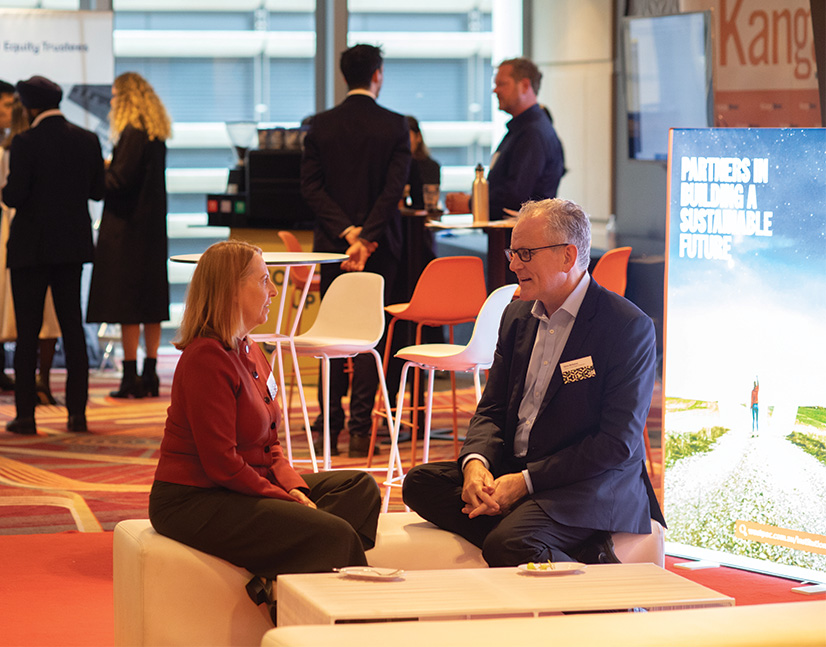

“I fundamentally believe mandatory climate-related disclosures are important. If we can all agree ESG factors present material financial risks, why should they not be treated the same as liquidity ratios or other metrics that we expect public companies to report on? Capital providers deserve to have the information they need to make informed decisions.”
I hesitate to say hybrid or all-encompassing use-of-proceeds and sustainability-linked debt frameworks are best practice, because we run into situations where sustainability-linked debt borrowers may not be suitable candidates for a use-of-proceeds green bond, or vice versa. We need to be careful about qualifying what may be a suitable approach for some borrowers and not others and make sure we are providing the right advice to clients.
“We must ask if having everything tied into the one framework makes it easier or more difficult for investors to access information. It is important to be upfront, to define what the use-of-proceeds or sustainability-linked approach is and why it is that way. There are also nuances on the governance of combined frameworks – some assurance providers will not provide an opinion over a combined framework.”
Capital will create change. The proliferation of different types of sustainability products, whether they be derivatives, green bonds or supply-chain finance aligned with sustainability outcomes, is all about the idea that products are ways to achieve change.
We have mapped out the emissions of our entire balance sheet, from our very smallest individual mortgages to our largest corporate customers. We believe this is an opportunity to engage with our clients and then support them as they procure the tools, the systems and the capabilities – and do the same thing
with their own clients – to manage their own emissions.
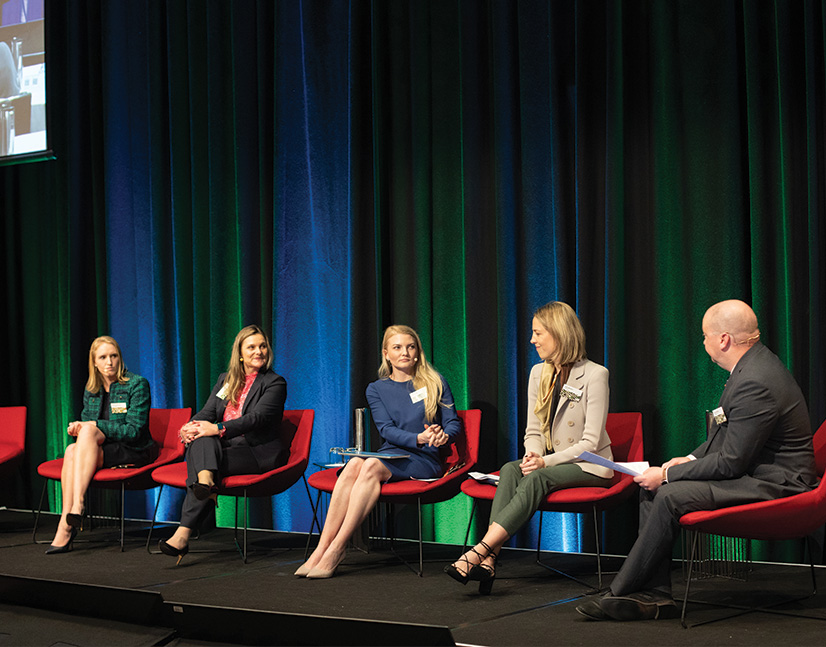
“We are spending a lot of time helping smaller businesses decide what financing solutions might be available to them. But to determine sustainability performance, often we have to make assumptions based on their location and industry sector. In these situations, any sustainability improvement a company makes will not be captured in its ESG rating, which means the broad-brush approach does not really work right now.”
We care about helping borrowers achieve their sustainability goals. Different financing structures are being developed to assist with this and solve individual financing needs. For example, sustainability-linked derivatives can help a company fix interest rates on an SLL.

HIGH-GRADE ISSUERS YEARBOOK 2023
The ultimate guide to Australian and New Zealand government-sector borrowers.

WOMEN IN CAPITAL MARKETS Yearbook 2023
KangaNews's annual yearbook amplifying female voices in the Australian capital market.

SSA Yearbook 2023
The annual guide to the world's most significant supranational, sovereign and agency sector issuers.














